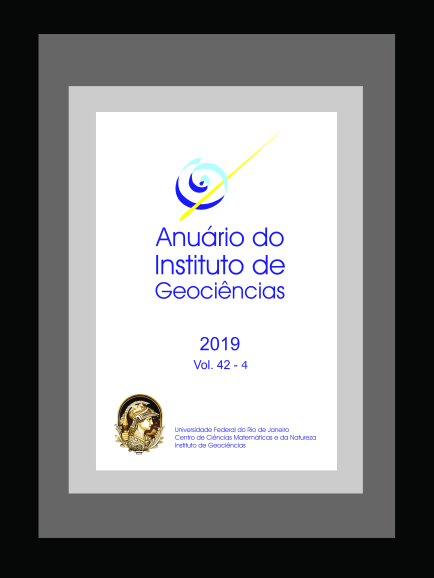Evaluation of Three-Dimensional Photogrammetric Model from Low-Cost Digital Camera Applied in the Cultural Heritage Registry
DOI:
https://doi.org/10.11137/2019_4_338_348Keywords:
Tridimensional photogrammetric model, historical heritage, facade restoration, laser scanningAbstract
The technologies such as the Laser Scanner stand out within the area of architectural registry. Laser Scanner represents a precise technology, which enables the creation of three-dimensional models through the acquisition of milions of points. On the other hand, photogrammetric techniques are also used for similar purposes, making use of images in order to generate three-dimensional representation. Both methodologies aim to obtain reliable representations of reality. However, there are potential discrepancies regarding the accuracy and costs of generating these models. The objective of this letter is to compare the models generated by terrestrial Photogrammetry and Laser Scanner, in order to evaluate the feasibility and efficiency of conventional cameras applied to three-dimensional models for facade restoration purposes. For that, the surveys by terrestrial Photogrammetry and Laser Scanner were used on the facades of a century-old church in Monte Carmelo, MG. From the products, it was observed that the distance between the surfaces generated by the clouds of points from the photogrammetric process and Laser was less than 5 cm.Downloads
Download data is not yet available.
Downloads
Published
2020-01-02
How to Cite
Martins, G. D. (2020) “Evaluation of Three-Dimensional Photogrammetric Model from Low-Cost Digital Camera Applied in the Cultural Heritage Registry”, Anuário do Instituto de Geociências. Rio de Janeiro, BR, 42(4), pp. 338–348. doi: 10.11137/2019_4_338_348.
Issue
Section
Article
License
This journal is licensed under a Creative Commons — Attribution 4.0 International — CC BY 4.0, which permits use, distribution and reproduction in any medium, provided the original work is properly cited.















